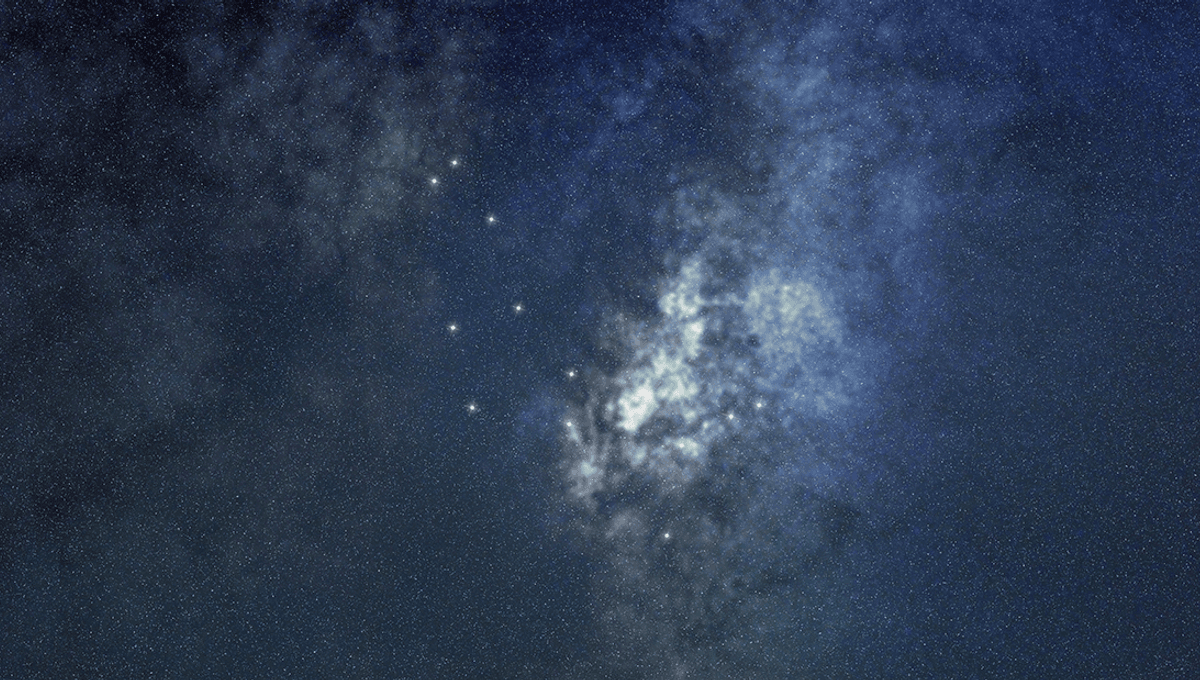A team of astronomers says it has identified the most distant black hole ever confirmed — a cosmic heavyweight that formed just 500 million years after the Big Bang, when the universe was only about 3% of its current age.
The discovery sets a new benchmark for how early supermassive black holes can form and raises questions about their origin and growth.
“When looking for black holes, this is about as far back as you can practically go,” Anthony Taylor, a postdoctoral fellow at the Cosmic Frontier Center at the University of Texas at Austin, who led the discovery, said in a statement. “We’re really pushing the boundaries of what current technology can detect.”
The black hole sits at the center of a galaxy named CAPERS-LRD-z9, which was first flagged by the James Webb Space Telescope (JWST) as a promising candidate to follow up on during its survey of the universe’s earliest galaxies. That survey aimed to confirm or refute more than 100 candidate galaxies, creating a robust dataset for studying early galaxy formation and evolution.
CAPERS-LRD-z9 belongs to a mysterious class of compact, early galaxies dubbed “Little Red Dots” for their intensely bright red appearance in telescope images. These galaxies have been found only within the first 1.5 billion years of cosmic history and have puzzled astronomers since the JWST’s first observations of them.
Typically, a very high level of brightness would suggest a galaxy teeming with stars — but according to galaxy evolution models, galaxies this early in the universe’s history shouldn’t have had enough time to form the number of stars needed to account for the brightness observed in the Little Red Dots. This contradiction led researchers to consider an alternative source of the brightness: black holes, which can shine intensely as they consume matter and release vast amounts of energy.
To confirm the presence of a black hole in CAPERS-LRD-z9, Taylor and his team used a technique called spectroscopy, which splits light into its component wavelengths. Astronomers know that as gas spirals into a black hole, it accelerates to extreme speeds. Light from gas moving away is stretched into redder wavelengths, while gas moving toward us is compressed into bluer wavelengths — a telltale sign of matter orbiting a black hole.
“There aren’t many other things that create this signature,” Taylor said in the statement. “And this galaxy has it!”
The newly discovered black hole is estimated to weigh up to 300 million times the mass of our sun, equivalent to nearly half the mass of all the stars in the black hole’s host galaxy. Even by the standards of supermassive black holes, that’s colossal, astronomers say.
“This adds to growing evidence that early black holes grew much faster than we thought possible,” study co-author Steven Finkelstein of the University of Texas, said in the same statement. “Or they started out far more massive than our models predict.”
“The discovery of Little Red Dots was a major surprise from early JWST data,” he added. “Now, we’re in the process of figuring out what they’re like and how they came to be.”
This research is described in a paper published on Wednesday (Aug. 6) in The Astrophysical Journal Letters.
Source link

